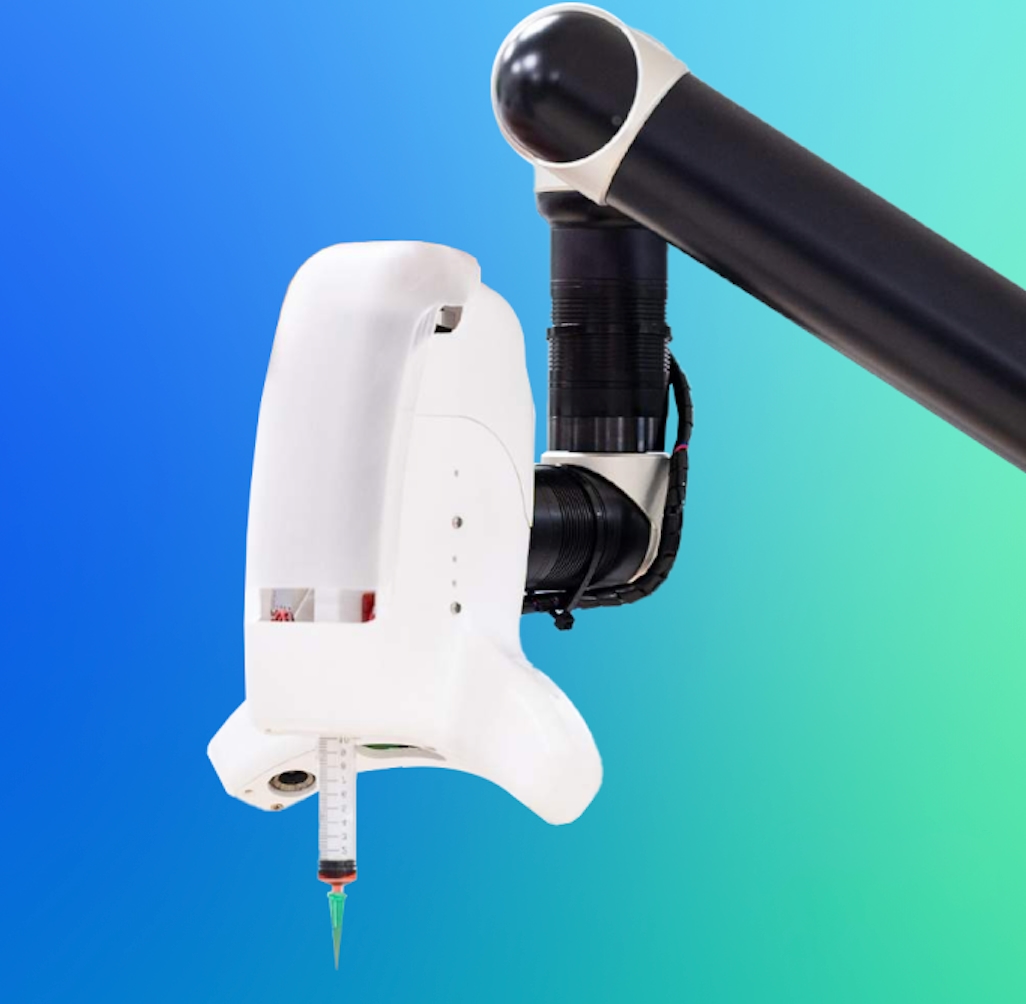Catalog
Search
156 products
View:
- Selected: 0Areas of use
- Selected: 0Item names
- Selected: 0Manufacturer
- Selected: 1Made in
- Selected: 0Additional
View:
156 products
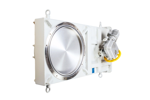
ZVPlE-500 Flat Electric Vacuum Shutter
The ZVPlE-500 shutter consists of a housing with connecting flanges, a shutter mechanism, a lip seal to ensure the tightness of the drive element, cover, and electric drive. The shutter mechanism consists of a carriage, an upper and lower flap, which are pulled together by springs and balls. The carriage moves along the housing guides on bearings.
The ZVPlE-500 shutter is opened and closed both by electric drive and manually using a flywheel. To switch to manual control mode, there is a switching device on the electric drive. The manual drive is used to adjust and regulate the shutter. ZVPlE-500 valves are manufactured in climatic versions UHL (i.e. for moderate and cold climate) and O (i.e. general) 4 according to GOST standard 15150-69.
Vakuummash
Kazan
Produced in: Kazan
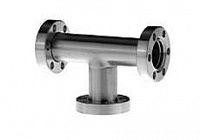
Tees
ConFlat (CF) standard connections are used to ensure the connection of components of vacuum systems operating in the field of high and ultra-high vacuum.
Vakuummash
Kazan
Produced in: Kazan
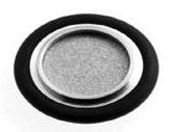
Centering rings (stainless steel) with a metal-ceramic filter (stainless steel) and O-ring of circular cross-section
The ISO-KF connection (DIN 28 403 and ISO 2861) allows quick installation and replacement of components in vacuum systems. The connection consists of two symmetrical ISO-KF flanges (1), a centering ring with an O-ring seal (2) and a quick-release clamp (3). High-vacuum ISO-KF connections can be mounted without using a tool by simply turning the nut of the quick-release clamp.
Vakuummash
Kazan
Produced in: Kazan

LI-500 Integrated Vacuum Trap
The integrated flanged trap LI-500 is installed inside the diffusion pump instead of the standard oil reflector, without increasing the overall dimensions of the diffusion pump.
The LI-500 trap performs the function of an oil reflector, is installed instead of a standard oil reflector in pumps, has an additional number of cooled screens for capturing oil return flow vapors (more than that of the MU trap), covers the entire area of the input high-vacuum flange.
Vakuummash
Kazan
Produced in: Kazan
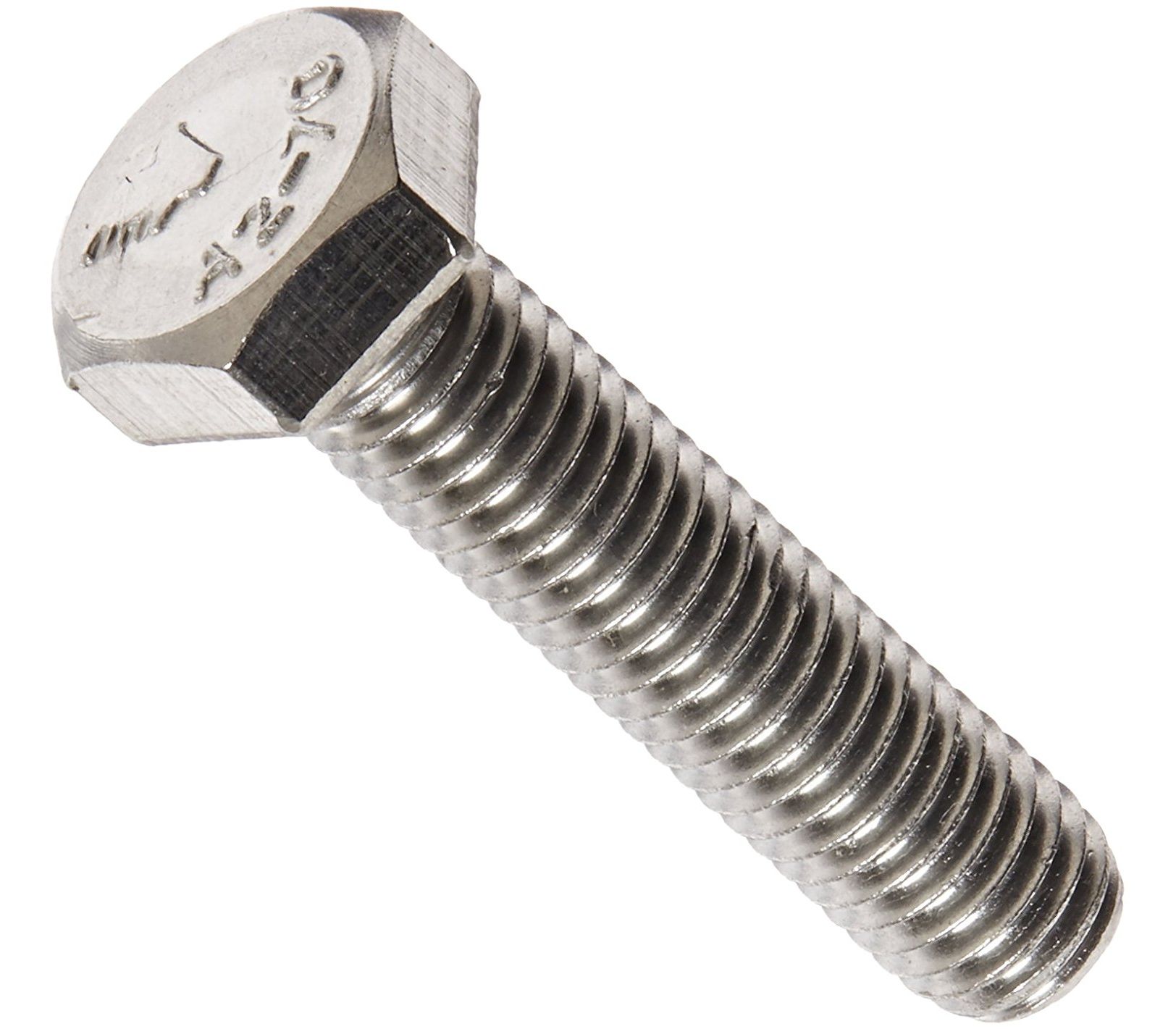
Bolts and nuts for DIN flanges with a side
DIN EN 1092-1 fixed flange fittings.
Vakuummash
Kazan
Produced in: Kazan
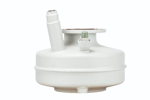
LA-100 Nitrogen Vacuum Trap
The LA-100 nitrogen filler trap is installed on the inlet flange of the diffusion pump and is designed to reduce the flow of working fluid vapors into the pumped volume by condensing them on the elements of the freezing device cooled with liquid nitrogen.
Vakuummash
Kazan
Produced in: Kazan

ND-630 High-vacuum diffusion pump
The working condition of the ND-630 diffusion pump depends on the temperature of the working fluid in the pump boiler. During the initial filling, it is recommended to fill the maximum volume of the working fluid. Working fluid is "VACMA OIL 500" vacuum oil (uner technical specifications TU 19.20.29-061-00218526-2019). The total amount of working fluid in the ND-630 diffusion pump is a maximum of 9 liters, a minimum of 6 liters. The viewing window for visual inspection of the working fluid has marks of its maximum and minimum amounts. During normal operation of the pump, the level of the working fluid practically does not change.
The temperature of the working fluid when the pump is operating at the maximum residual pressure is about 240°C to 255°C.
It is recommended to monitor the operation of heaters in the ND-630 diffusion pump using one temperature sensor. The temperature sensor must be installed in a special radiator socket above the heater. If there is a loss of working fluid and an increase in the temperature of the radiators of the ND-630 diffusion pump up to 360°C, the temperature sensor must give the command to automatically turn off the heaters. The subsequent activation of the pump heaters should not be automatic and should be performed only after cooling the system.
Water at the inlet to the cooling systems of the housing and the oil reflector must be supplied with a pressure of 0.3 MPa (3 kgf/cm2) to 0.5 MPa (5 kgf/cm2) and a temperature of plus 4°C to plus 25°C. The recommended cooling water consumption for the housing is 600 l/h, for the oil reflector it is 80 l / h. It is regulated by the outlet water temperature, which should not exceed plus 40°C. The water drain should be free (with a jet break).
Vakuummash
Kazan
Produced in: Kazan
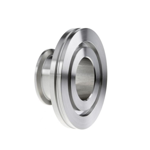
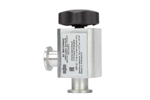

2VVN1-3M Water ring vacuum pump
The working fluid of the pump is water. These pumps are designed to work with liquids as well as gases and vapors slightly soluble in them that are not aggressive to the materials of the 2VVN1-3M pump design, not explosive and non-toxic. The use of a 2VVN1-3M(H) water-ring vacuum pump for pumping out water-gas mixtures is allowed only if the bulk of the water is separated and discharged at the pump entrance. Failure to comply with this requirement may lead to unacceptable overload of the electric motor and destruction of the working bodies of the 2VVN1-3M(H) pump.
The vacuum water ring pump 2VVN1-3M (H) is manufactured in the climatic version of UHL (i.e. for moderate and cold climate) 4 and O4 according to the GOST standard 15150-69, meets the requirements of technical specifications TU 3648-015-00218526-2000, designed and manufactured taking into account the requirements of GOST R 52615-2006. Electricity grid must meet the requrimemnts of GOST 32144-2013
Vakuummash
Kazan
Produced in: Kazan
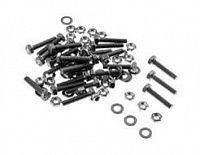
Set of hexagon bolts for CF flanges
ConFlat (CF) standard connections are used to ensure the connection of components of vacuum systems operating in the field of high and ultra-high vacuum.
Vakuummash
Kazan
Produced in: Kazan
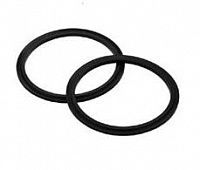
Profile gasket without support ring
ConFlat (CF) standard connections are used to ensure the connection of components of vacuum systems operating in the field of high and ultra-high vacuum.
Vakuummash
Kazan
Produced in: Kazan
